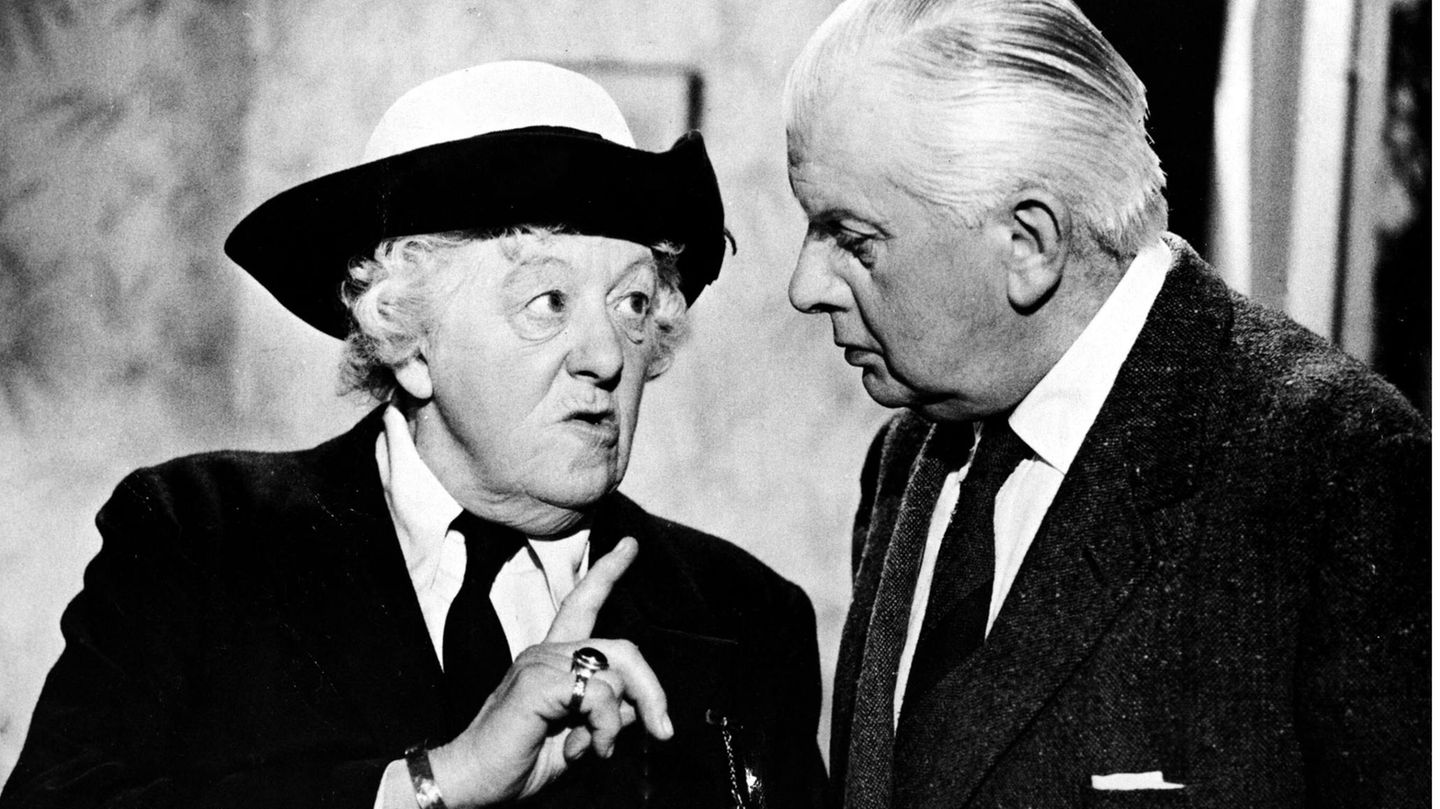The British author Agatha Christie is considered the queen of crime novels. In her works, she likes to take the victims around the corner with poison – and there are good reasons for that.
The landowner Emily Inglethorp is shaken by severe cramps at night. Her family members want to help her, but her bedroom door is locked tightly. The men present throw themselves against the door, but when it is finally open, the rich lady can only whisper the name of her husband. Then she dies. Namely from strychnine poisoning.
With this unusual murder case, the then still unknown Agatha Christie entered the stage of world literature. The novel was published in Great Britain in 1921, she had written it in 1916, during the First World War. The newly married Agatha Christie was doing voluntary service in a hospital in the seaside resort of Torquay. The start did not go quite smoothly: Christie was 24 years old at the beginning of the war, came from a better family and was completely inexperienced. “It is ironic that, given the gruesome deaths many of her characters suffer, there was a time when she passed out at the sight of blood,” said Alasdair Brooks, heritage manager for the British Red Cross, to whom The Red Cross had first recently published through Christie’s service.
Agatha Christie in the hospital
The hospital work was too much for Christie. Operations and amputations – Christie tried hard and was transferred to the pharmacy in the end. In total, she served 3,400 hours in Torquay’s Town Hall Hospital from October 1914 to September 1918. “But if Christie hadn’t been released from the hospital to work in a pharmacy, she might not have gained the thorough knowledge of poisons that she used in her novels,” says Brooks.
Christie herself explained her love for poisons like this: “There were poisons on the shelves around me, so maybe it was only natural that I should consider poisoning!” And indeed: In her around 80 crime novels, she murdered 41 with poison. The knowledge that she acquired at the pharmacy helped her a lot with her books. “Since I was surrounded by poisons, maybe it made sense that death from poisoning should be the method I chose,” said Christie.
On April 30, 1917, she received a certificate from the Society of Apothecaries of London, which enabled her to manufacture medicines for doctors. And she kept records of the substances, their (reciprocal) effects and areas of application. And it did so with a scientific accuracy, as shown in a study in 2002.
For Rießelmann, the exact description of the poisonous effect, which is described in literary terms, but otherwise almost reaches textbook level, is a reason to regard the novels not only as entertainment literature. Another reason is the excellent presentation of the frequent misjudgments, which even specialists are not aware of. Dr. Rießelmann on the novel “The pale horse”, in which the thallium poisoning is not recognized and misdiagnosed by a doctor.
In her first work, she brought her sacrifice around the corner with strychnine. The queen of the crime novel “committed” 13 murders later with hydrogen cyanide, and arsenic transported her victims to the grave nine times. Mophium is used seven times. She only tries water hemlock once. “I don’t know about pistols and revolvers, so my characters are killed with a blunt object or, better still, with poison,” wrote Christie herself of hers. “Besides, poison is nifty and clean and really exciting … I don’t think I could look a hideously disfigured corpse in the face.”
How Agatha Christie saved a child’s life
One shows that reading Agatha Christie can in reality make the difference between life and death. At the time, a 19-month-old child was admitted to a London clinic. The course of the disease was mysterious. The, because the symptoms were ambiguous. Nausea, diarrhea and insomnia made a clear diagnosis impossible – had it not been for a crime-obsessed nurse. She recognized the symptoms, which Christie described very precisely in one of her novels: poisoning by thallium. The diagnosis was correct, the child was saved.
Also read:
Woman finds memory card on the street – on it she discovers videos of a brutal murder
He found lonely women in a newspaper advertisement – and made them disappear forever
With heavy metal and crystal meth: he threw a party in the death for his wife – was it murder?
Kelley Clayton was brutally murdered – and her seven-year-old daughter was a witness
Source From: Stern




